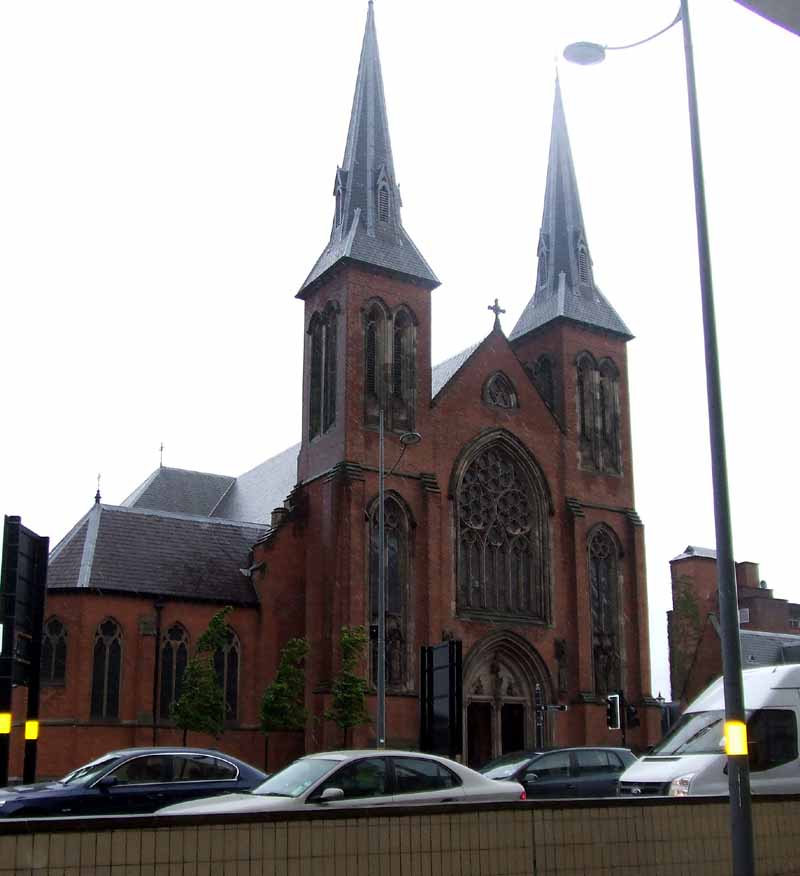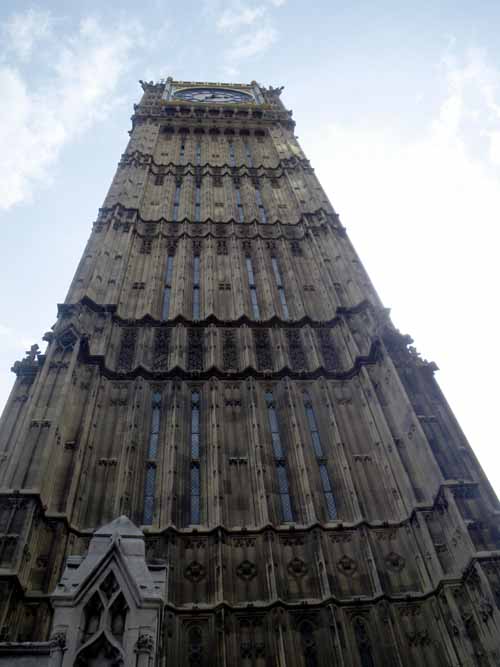Alan Clawley explores the ins and outs of modern architecture.
It’s OK now for architects to design the insides of buildings in a different style from the outsides. The new Elgar Concert Hall on the Birmingham University campus is a case in point. On the outside, architect Glenn Howells carefully copies the existing Tuscan style red-brick buildings designed by Aston Webb at the dawn of the twentieth century. Inside we find a 450-seat concert hall in the pared-down ‘techno’ style we expect for a twenty-first century state-of-the-art auditorium. The contrast between the opulence and solidity of the exterior and the austerity of the interior is very marked.
‘Architecture’ started to become separated from ‘engineering’ during the Industrial Revolution when architects were asked to design fancy hotels in front of utilitarian but handsome railway sheds designed by engineers, the best-known example being St Pancras Station. But there are many examples throughout history of integrated architecture. The neo-gothic exterior of the Houses of Parliament is totally consistent with the inside thanks to Pugin’s fanatical dedication. In Birmingham John Madin (1924-2012) insisted – when his clients would let him – on controlling everything from inside out, down to the door handles. St James House (1957) is a good example of his approach.
Post-Modern architects don’t feel the need to follow a consistent style for or within each building. Why should they not copy an old style if they want and mix it with a dose of Modernism? There is no public outcry. They are not vilified by their peers and the public likes to see old styles mixed with the new.
I used to doubt whether any modern architect could be found to design all or parts of a building in a retro style, but now I’m not so sure. The futuristic curvaceous carapace of Selfridges evokes memories of the chrome-plated hub caps that once adorned the wheels of the cars made in the Midlands. Birmingham’s new Library is said to be a twenty-first century icon, but the metal rings on the exterior hark back to an industrial past. In the Ed Doolan show in which she condemned the Central Library Margaret Hodge expressed the public’s ambiguity in her home-spun way when she said; ‘I’ve seen the drawings for a new library which I think looked really exciting and also reflect Birmingham’s industrial past so there’s a lot of very decorative steel and glass’.
Architects will say that they are only reflecting a diverse, pluralist society but architecture should be more than skin deep, more than a stage set or a thin shell that can be dented by a blow from a hammer. I may be old-fashioned but I still believe that the inside and outside of a building should constitute an architectural whole.





